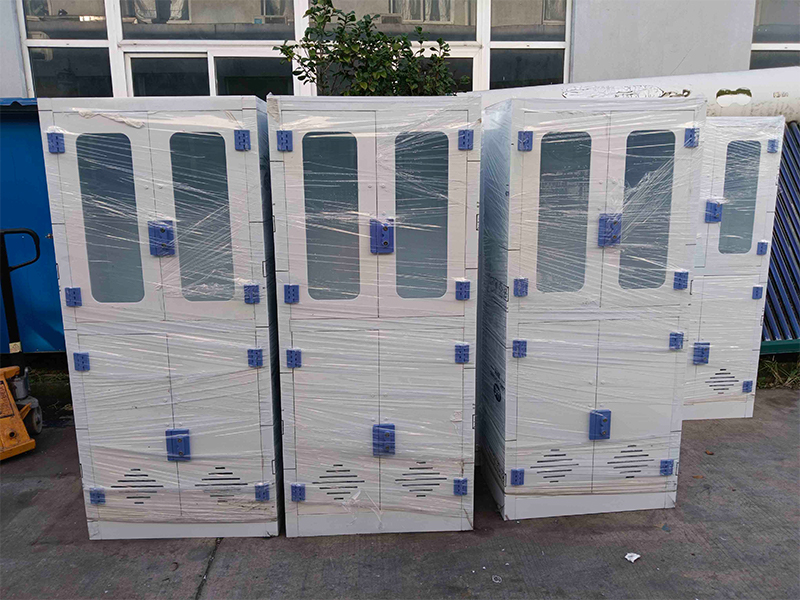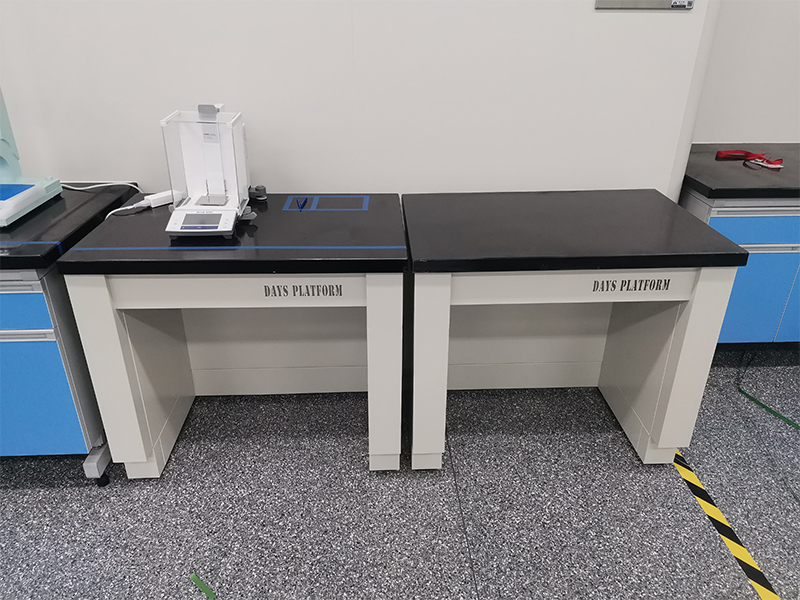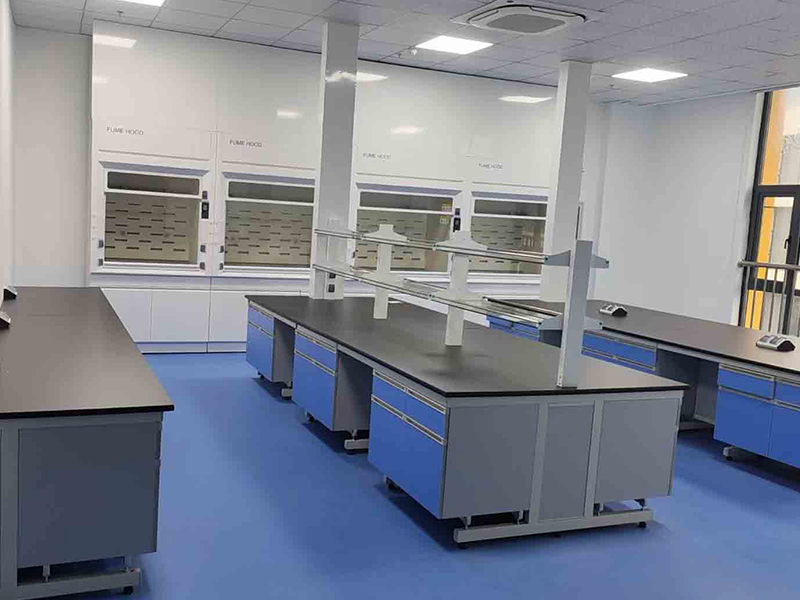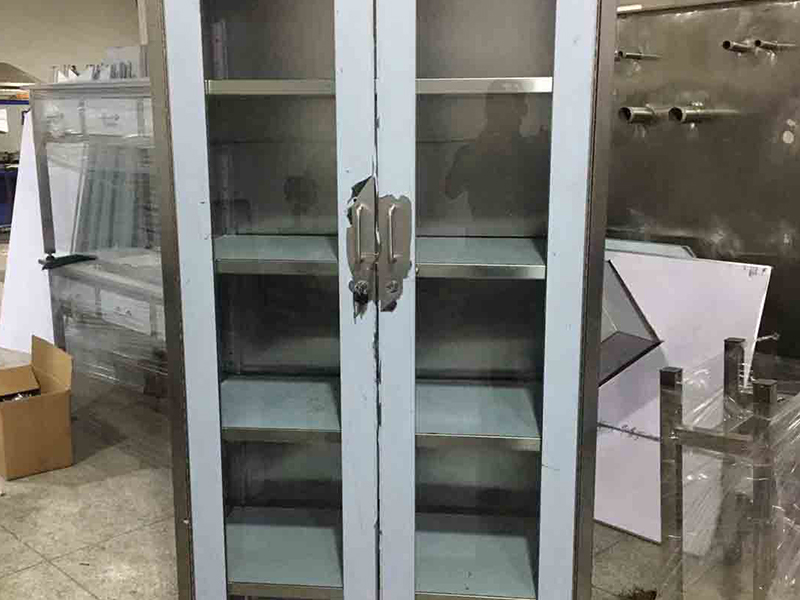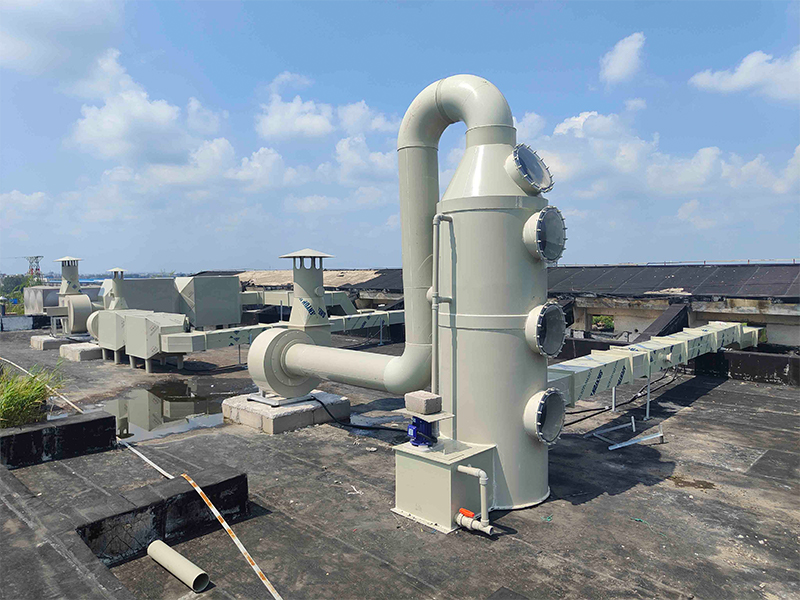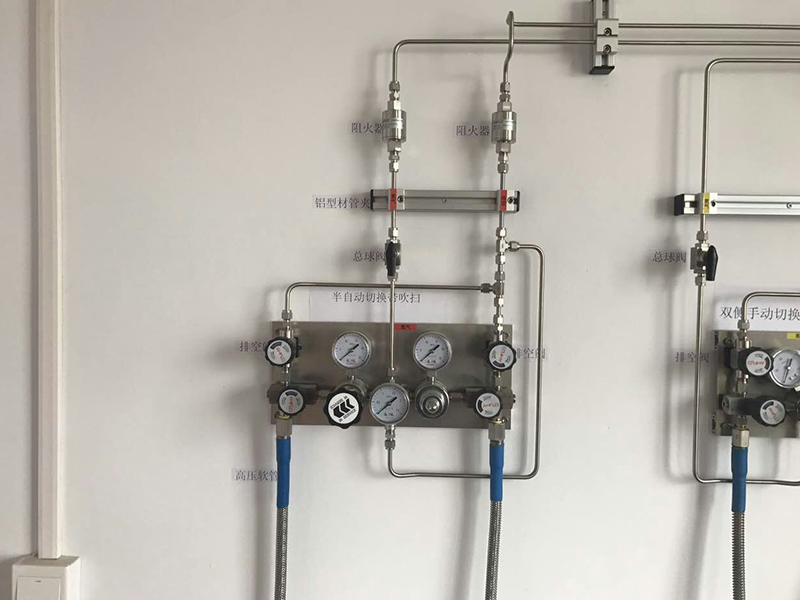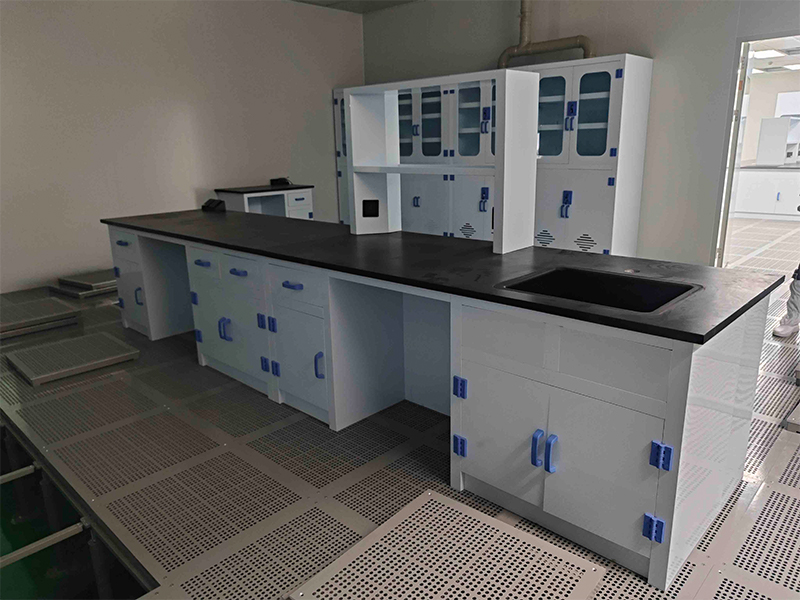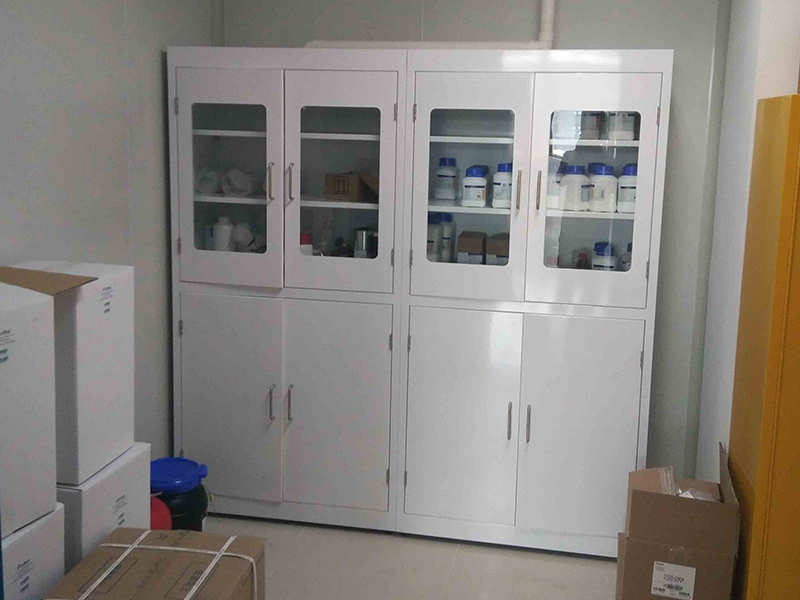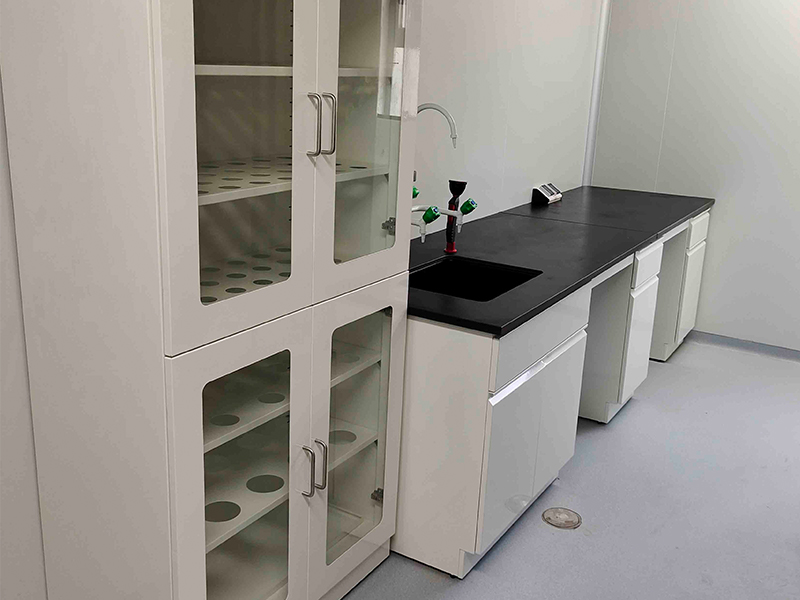Let’s be real—if you screw up the temperature or humidity in a lab chemical cabinet, you’re basically asking for trouble. Chemicals break down, stuff rusts, labels fade, and before you know it, you’re playing chemical roulette. Not fun.
So, first things first:
Temperature—Keep It Chill (Literally) Don’t stick your cabinet next to the heater or slap it under direct sunlight. You want a spot where the temperature doesn’t swing like a mood ring. A lot of newer cabinets have digital readouts to keep tabs on what’s going on inside. If not, just check that the insulation’s not falling apart and maybe move the cabinet somewhere less wild.
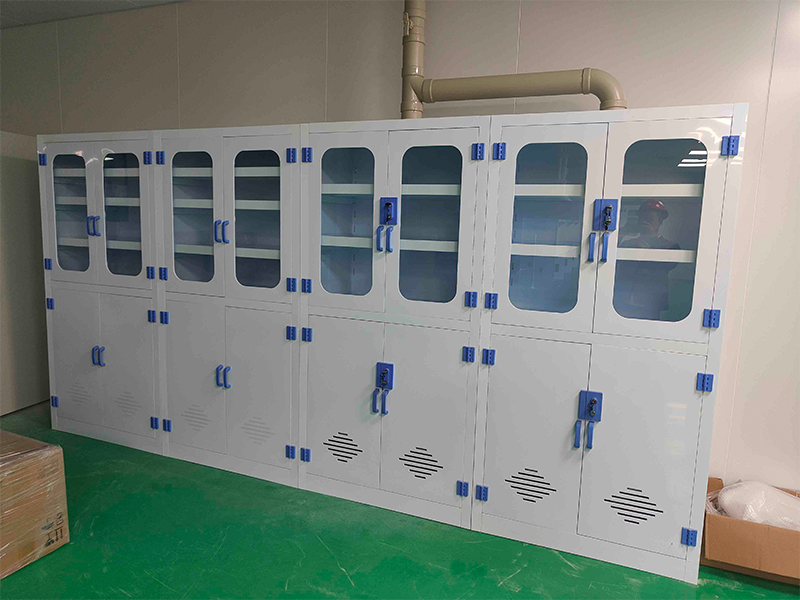
Humidity—Goldilocks Zone, Please You’re aiming for that sweet spot: about 40% to 60%. Too damp? Metal gets crusty, labels turn into watercolor art, and nobody can tell what’s inside. Too dry, and you might get static sparks—super fun if you’ve got flammable solvents nearby (just kidding, it’s terrifying). Throw in some desiccant packs or a little dehumidifier if you’ve got moisture-sensitive stuff. And if you’re serious, get a digital humidity monitor going 24/7.
Ventilation—Let It Breathe You want good airflow, end of story. Exhaust ducts or those fancy carbon filters help keep nasty fumes down and stop the air inside from getting weird. Consistent airflow keeps temp and humidity from going haywire. No one wants surprise chemical reactions.
Check Your Gadgets—Don’t Trust, Verify Stuff breaks. Thermometers glitch. Hygrometers lie. Check everything on a regular schedule—log the data somewhere, even if it’s just a scribble on a notepad. While you’re at it, look at the door seals, swap out old filters, and recalibrate whatever needs it. Maintenance is the difference between safe storage and a chemical clown show.
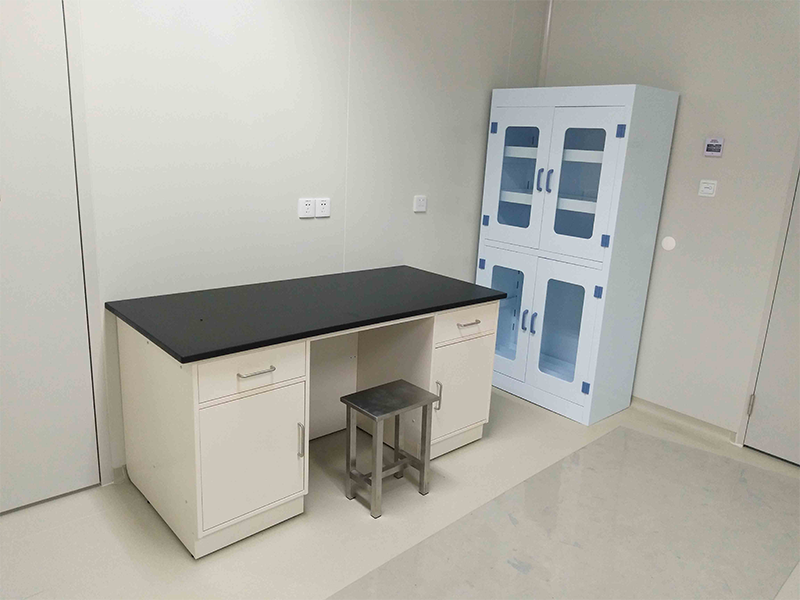
Don’t Just Toss Stuff In Even if your cabinet’s perfect, you still gotta organize. Flammables, acids, oxidizers—they don’t all play nice with each other, especially if the environment inside gets weird. Separate the risky stuff, slap on clear labels, and don’t treat the cabinet like a junk drawer. One misplaced bottle and, well, nobody wants to call the hazmat team.
Bottom line? Keeping temp and humidity under control is not rocket science, but it’s definitely not something you want to slack off on. Otherwise, you’re just rolling the dice with your safety—and your lab’s reputation.
